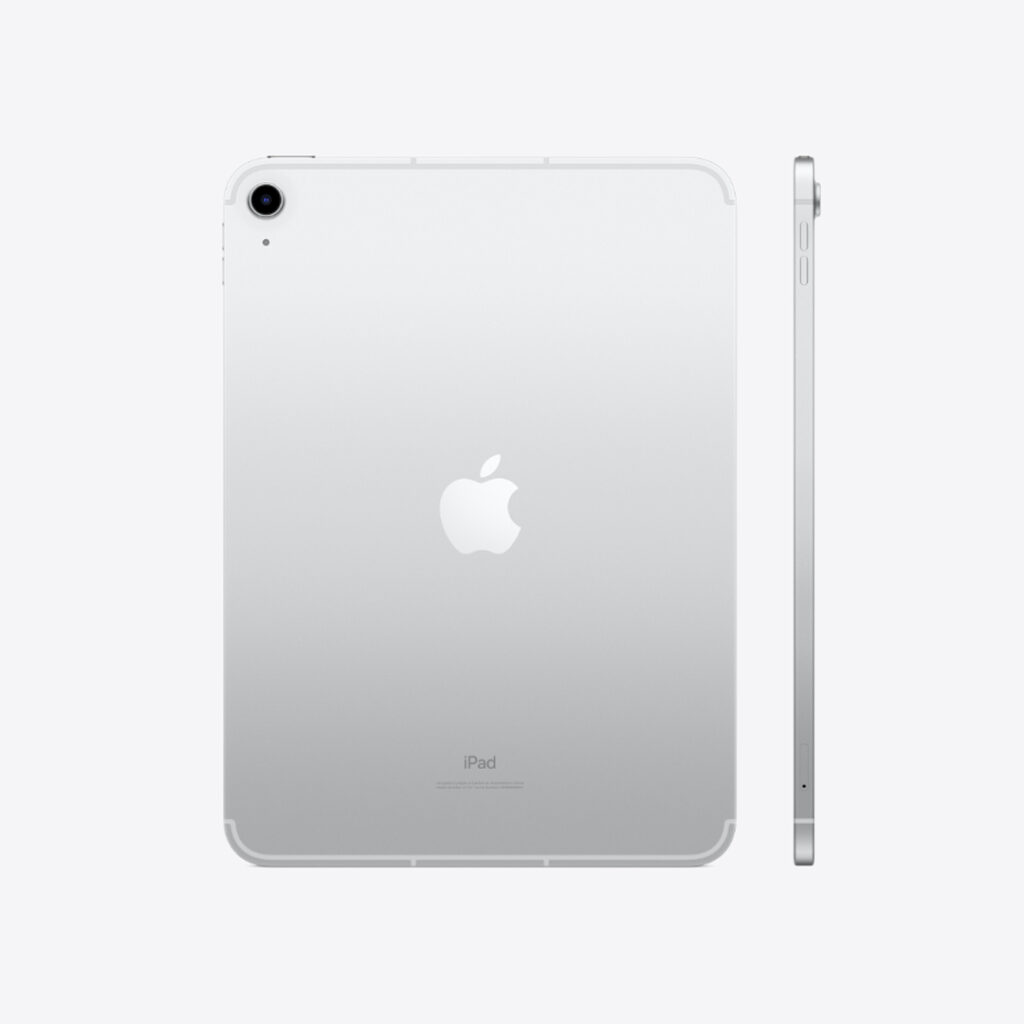Apple’s iPad lineup continues to evolve, and in 2025, the introduction of the iPad 11-inch powered by the A16 Bionic chip shook up expectations for what a non-Pro tablet can do. Meanwhile, the iPad 10 remains a popular and more affordable entry point. But with their similarities in design and differences in performance, the big question is:
Is the iPad 11 A16 worth upgrading to, or should you stick with (or buy) the iPad 10?
Performance: A16 vs A14 Bionic
Under the hood, the two models differ most significantly.
Compared to the A14 Bionic in the iPad 10, the A16 Bionic chip is far faster and uses less power. The A16, which was first introduced in the iPhone 14 Pro, offers:
- Faster app launch timing
- Improved multitasking
- Better support for demanding creative apps
- More AI and machine learning capabilities
Whether you’re editing 4K videos, playing graphically intense games, or juggling school apps, the iPad 11-inch simply performs better and stays cooler doing it.
Display & Design
At a glance, both iPads look very similar. They each have:
A 10.9-inch Liquid Retina display (2360 x 1640 resolution)
Flat-edge aluminum bodies
Touch ID in the power button
Landscape stereo speakers
However, the iPad 11-inch is slightly thinner and lighter, and thanks to the A16 chip, it may also handle HDR content a bit more fluidly, although the displays themselves are nearly identical.
iPadOS + A16 = Smart Performance
Running iPadOS 17, the iPad A16 gains access to the latest Apple features: customizable lock screens, enhanced widgets, improved multitasking, and Stage Manager (albeit with some limitations). The A16 chip ensures all of this runs smoothly — with room to grow as iPadOS evolves.
Expect software support for at least five more years, making this one of the most future-proof devices at its price point.
Battery Life & Charging
Both iPads offer up to 10 hours of web browsing or video playback on Wi-Fi. However, due to the A16 chip’s efficiency, the iPad 11 may stretch battery life further in real-world mixed use — especially with demanding apps.
Conclusion
The iPad 11-inch (A16) represents a meaningful step up from the iPad 10, especially when it comes to performance, efficiency, and long-term value. While both devices share similar designs and features, the A16 chip gives the iPad 11 a clear edge for multitasking, creative work, and future iPadOS updates.
If you’re upgrading from an older model or want a tablet that will stay fast for years to come, the iPad 11-inch (A16) is well worth the extra investment. But if your needs are basic and your budget is tight, the iPad 10 still holds up as a capable entry-level option.
In the end, it’s about choosing what fits your use case — and for most users, the iPad 11 strikes the best balance between performance and price.





